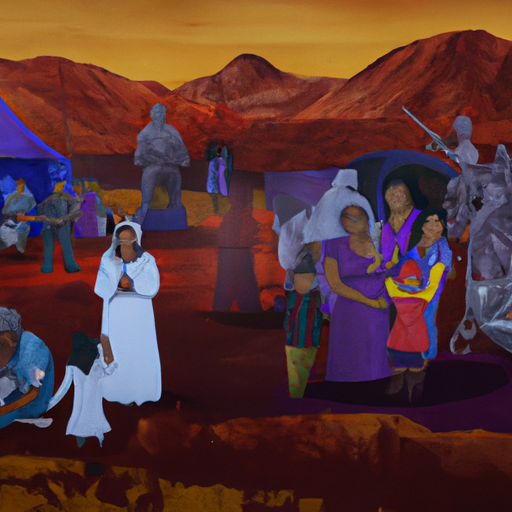Continuing Devastation of the Opioid Crisis in Canada’s Indigenous Communities
In chiming with the ongoing narrative of the heart-wrenching opioid crisis that has been sweeping across Canada, a recent report published by APTN News revealed the potentially devastating loss of an indigenous police chief in Long Plain First Nation, following a tragic house fire.
Sadly, this incident serves as a brutal and painful emblem of the impact that the opioid crisis continues to have on people’s lives, particularly within vulnerable indigenous populations.
The Underlying Crisis
The opioid crisis has demonstrated a significant national relevance over recent years with the soaring rise in opioid-related deaths and the distressing impact it has on Canada’s society. However, the impact isn’t purely statistical but cuts deeper, inflicting adverse social, economic, and cultural ramifications compounded by a surge in homelessness and crime rates.
Indigenous communities frequently face the brunt of these challenges, often suffering more profound socioeconomic difficulties.
Long Plain First Nation Community Impact
The catastrophic fire’s unfortunate timing occurred as Perry Bellegarde, the First Nations Assembly’s national chief, made some compelling statements about the manifold adverse effects of the opioid crisis.
- Bellegarde highlighted how the opioid crisis is causing an increasing number of child displacement cases, attributing to the rising rates of homelessness within these communities.
- He also pointed out an alarming rise in crime rates in these communities, notably connecting this to the opioid crisis.
- Bellegarde mentioned the growing calls for proper implementation and funding of naloxone training within these communities.
Plunge into Action
As seen in the opioid class action Post Millennial reported, the government is engaged in addressing the opioid crisis. Despite this, Bellegarde, along with many indigenous leaders, insist that the indigenous communities are yet to receive enough support from the various actions taken to combat the opioid crisis.
The calls for additional support, therefore, signal a significant need for a meaningful dialogue to adapt and deliver community-specific solutions to tackle the crisis and commensurate support effectively.
The Critical Role of Naloxone Training
One particular call to action is around the use of naloxone, an emergency treatment in cases of known or suspected opioid overdose. Proper implementation and funding of naloxone training could play a crucial role in saving lives in these affected communities. It’s clear that this s a potential game-changer in the fight against the opioid crisis in indigenous populations.
The Way Forward
While the opioid crisis remains complex and multifaceted, it is evident that more needs to be done to protect the most vulnerable populations, particularly the indigenous communities. More substantial efforts are needed to provide suitable support, funding, and education, particularly around the use of life-saving measures like naloxone.
Combating the opioid crisis will require a multi-faceted approach, including effective policing, social services, and, importantly, the whole community’s involvement.
Conclusion
This tragic incident has served to further emphasize the urgency of the current crisis, underlining the immediate need for increased support and further actions against the increasing opioid problem. The pressing issue of addressing the opioid crisis in the context of indigenous communities has never been more critical, thus necessitating a holistic and concerted approach.
With heightened action, continuous advocacy, and steadfast resilience, there remains a promising prospect of mitigating the impact of the opioid crisis, reducing opioid-related deaths, and restoring the cultural, social, and economic fabric of these heavily afflicted communities.


